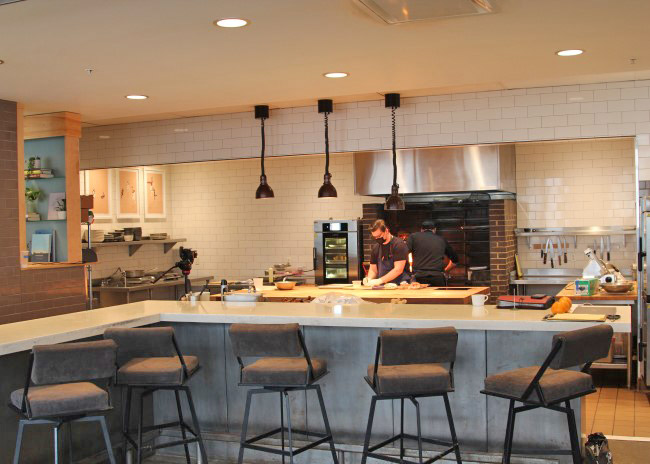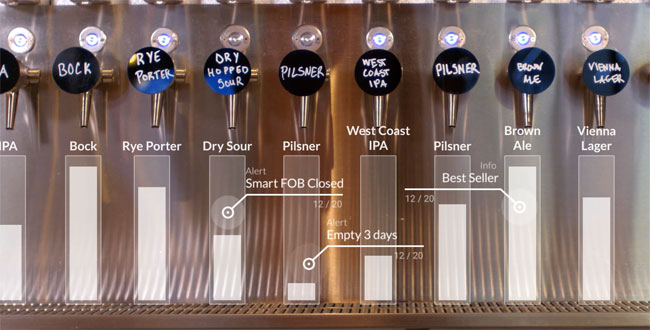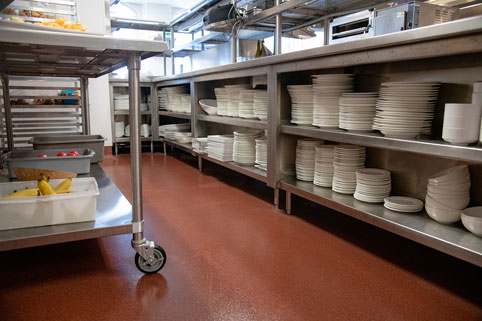With off-premises dining driving revenue in the QSR segment, state-of-the-art signage is being implemented as a problem solver for drive-thrus and pickup areas.
According to a recent rd+d pulse survey, two of the biggest front-of-house restaurant design mistakes are poor traffic flow and inconsistent branding.
Not only does proper signage keep traffic moving for better speed of service in drive-thrus as well as the front of house, but easy-to-read, well-organized and clearly visible signs drive home branding messages.
 Create a complete package of drive-thru signage solutions that are able to display and highlight the vibrant colors of your brand identity.
Create a complete package of drive-thru signage solutions that are able to display and highlight the vibrant colors of your brand identity.
In 2023, more operators are investing in upgrading or adding drive-thrus and walk-up windows and upgrading or investing in tools to improve off-premises dining, according to the rd+d pulse survey.
“The key today is seconds matter, and that is everyone’s mantra,” says Robert Creasy, vice president of business development for DSA Signage. “It used to be QSRs timed how fast they could move people through the drive-thru. Now, with 70% to 80% of their business coming from the drive-thru with real time, online and delivery orders, the volume is overwhelming.”
Today, instead of focusing on just speed, it’s more about finding a balance between throughput, speed, efficiency, customer service and communication with customers.
“The biggest thing I hear is operators are constantly planning for the future,” says Creasy. “Drive-thru renovations used to be every 10 years, but now these are happening every three to five years due to new technology and the desire for more lanes.”
This is driving the need for static and digital directional signage, with four lanes instead of one and a separate pickup area separate from the drive-thru.
“In addition, operators have to balance pickup areas and drive-thru lanes with parking so customers coming inside can park and not crisscross drive-thru lanes,” Creasy explains. This is not only an aggravation for customers but also a safety issue.
In addition to the increasing demand for static and digital directional signage, with menu prices constantly fluctuating, there has been a growing need for digital menu boards. With this type, food offerings and pricing can be changed easily whenever needed.
“The ability to quickly change menu pricing is the biggest selling point for digital signage,” Creasy notes. “This was brought home over the last five years, as the price of chicken went up, down and sideways.”
Both static and digital menu boards that are large and backlit also solve the issue of visibility and accommodate various light conditions.
“This allows for photos of high margin items and encourages impulse sales,” Creasy says. “Operators can include the recommended 80% pictures and 20% text, focusing on revenue drivers and meal combos.”
It can be a big decision choosing static and digital menus, since both have to last for a certain period of time. “There is a cost justification for digital displays versus reprinting a menu board continuously year after year,” Creasy says. “And with static signage, operators have a more affordable option that provides the same benefits.”



